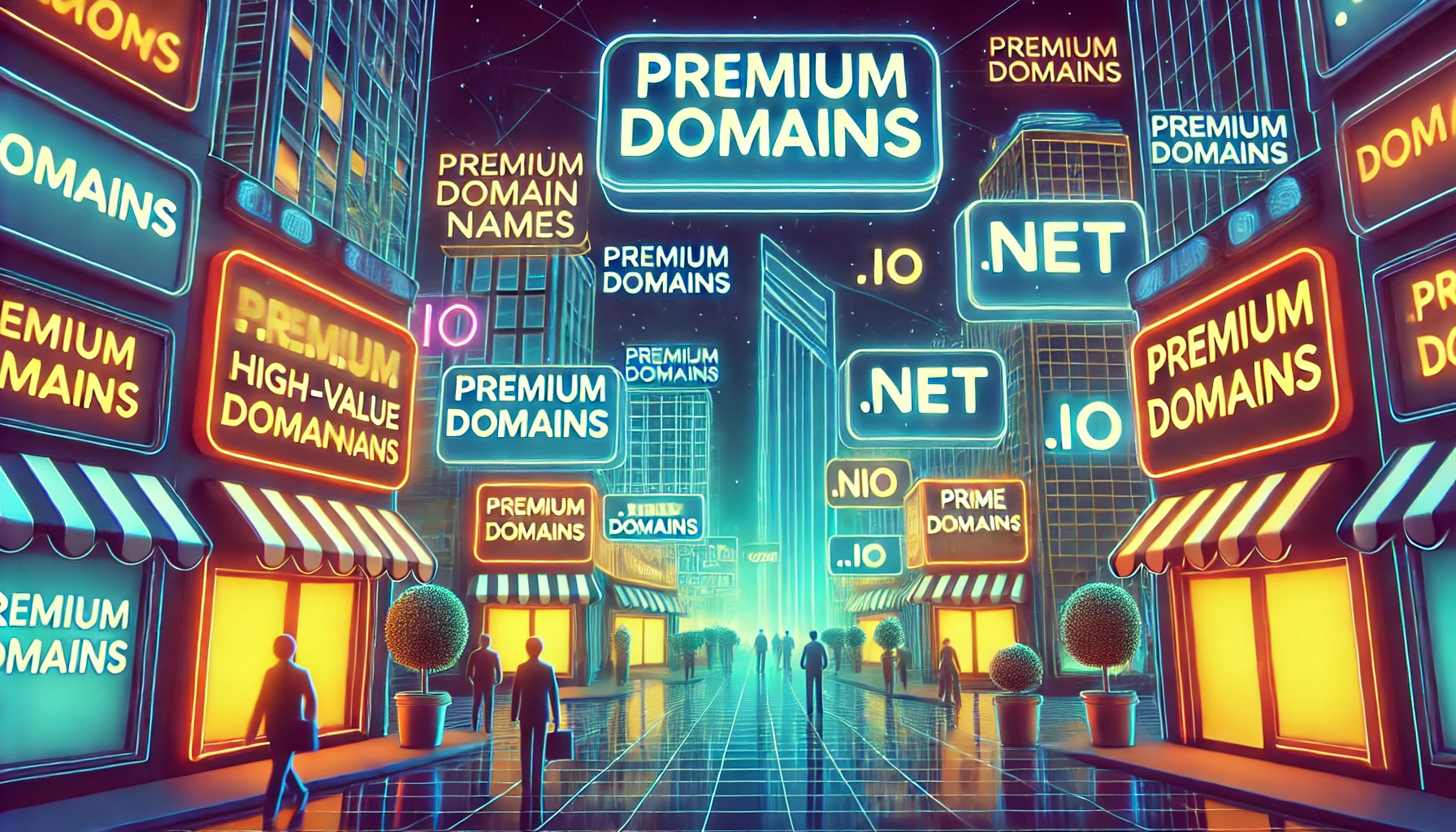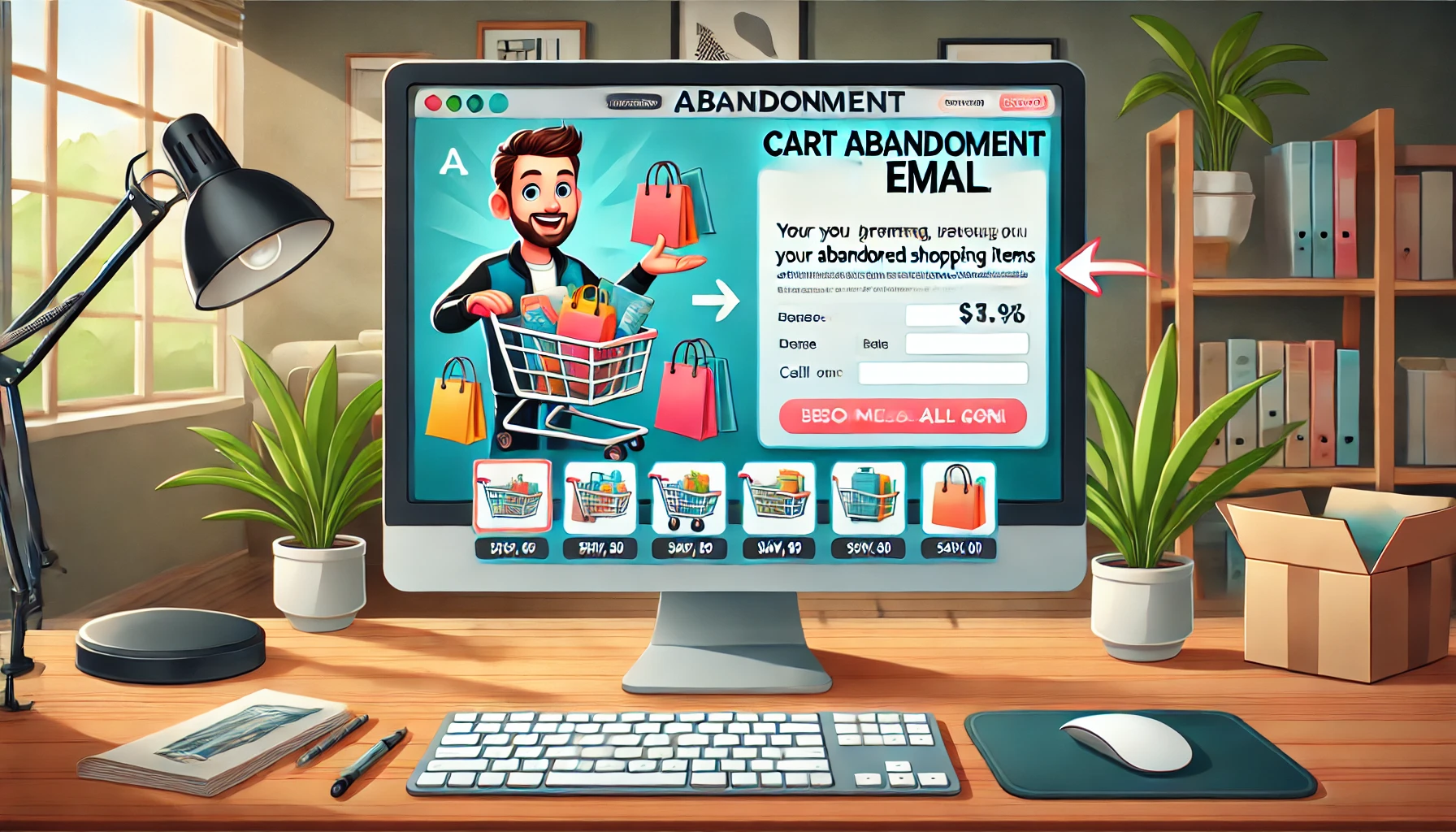If you’ve been pouring money into Facebook ads and seeing zero returns, don’t worry, you’re not alone. Here’s the thing: Facebook ads can be a powerful tool for drumming up business and pulling in conversions but only if you handle them correctly.
Now, there are some typical blunders a lot of us marketers keep making and they end up costing us big time. These mistakes can make your ad campaigns just rack up views without any real action from potential customers.
In this article, I’m going to walk you through the most frequent slip-ups we see in Facebook advertising and I’ll share some solid tips on how to sidestep or fix these issues.
Ready to turn things around? Let’s dive in!
12 Facebook Ad Mistakes You Can Steer Clear Of
With over 2.5 billion people hanging out on Facebook every month, the potential to grab attention is massive. But, if you’re stumbling into these common pitfalls, your campaigns are probably not hitting the mark.
Here’s a rundown of 12 typical Facebook ad errors and some straightforward ways to improve your outcomes.
1. Choosing the Wrong Campaign Objective
At the very beginning of setting up your Facebook ad, you pick a campaign objective. Think of it as telling Facebook what you hope to achieve with your ad. This choice steers the entire course of your campaign, guiding the platform to help you meet your goals.
Facebook offers 11 different campaign objectives, each tailored to specific outcomes:
- Brand Awareness: Boost familiarity with your business, brand or services.
- Reach: Expose your ad to the maximum number of people within your target audience.
- Traffic: Drive visitors from Facebook to any online destination, like your website’s homepage, a blog article or an app.
- Engagement: Target users who are more likely to interact with your post, including likes, comments and shares. It can also cover actions like claiming offers from your page.
- App Installs: Direct users to an app store where they can download your business’s app.
- Video Views: Share videos with those on Facebook who are most likely to view them.
- Lead Generation: Create ads designed to gather information from people interested in your products, like newsletter sign-ups.
- Messages: Reach out to users via Messenger, Instagram Direct and WhatsApp to spark or continue conversations that could lead to sales.
- Conversions: Motivate people to take a specific action on your site, such as adding products to a shopping cart, downloading an app, signing up or making a purchase.
- Catalog Sales: Display products from your catalog to boost sales.
- Store Traffic: Attract nearby customers to your physical store locations.
Make sure you choose the right objective for what you actually want to achieve. If your ads aren’t performing as expected, revisiting your campaign objective should be your first step. It’s a crucial choice that can make or break your campaign’s effectiveness.
2. Skipping the Facebook Pixel
So, there’s this thing called the Facebook Pixel and it’s pretty much a game-changer if you’re diving into Facebook ads. It’s just a little piece of code that you pop onto your website. What it does is pretty cool—it tracks the actions and behaviors of anyone who visits your site. This tool is constantly at work, gathering all sorts of useful data about your visitors.
Why do you care? Well, this data lets you track different events on your site, build custom audiences, retarget folks based on their site activities, optimize your campaigns for conversions and even create audiences that resemble your best customers. Trust me, if you’re not using the Facebook Pixel, you’re missing out on a ton of valuable insights.
3. Relying Solely on ‘Boost Post’
Ever noticed that tempting ‘Boost Post’ button under your Facebook page posts? It’s hard to ignore, especially when Facebook is flashing potential reach numbers at you. It makes you think, “Why not, right?”
But here’s the deal—while boosting a post might increase its visibility, that’s about all it does. It’s not the most strategic way to use your ad dollars. Instead of just hitting ‘Boost’ and hoping for the best, consider setting up a proper advertising account on Facebook. This way, you can run more targeted campaigns that are actually designed to boost your bottom line, not just your post views.
4. Sticking Only to Interest-Based Audiences
Starting with interest-based audiences isn’t a bad move—they’re a solid first step into Facebook advertising. They help you reach people based on specific interests related to your product or service. However, if you’re only using these audiences, you might be limiting your ad’s potential.
Here’s a pro tip: use what you learn from these interest-based campaigns to refine your strategy. Experiment with different audience types like custom audiences (those tailored from your own data) and lookalike audiences (people similar to your current customers). By testing and learning, you can discover which audiences really drive results for your business.
5. Choosing the Wrong Audience Size
Figuring out the perfect audience size for your Facebook ads can be tricky. There’s no one-size-fits-all answer here; it really hinges on your ad goals, industry and how much you’re willing to spend.
A good rule of thumb? Aim for an audience size between 500,000 and 2 million people. If your budget allows for it, you could even go up to around 2.5 million. But remember, these are just guidelines—you’ll need to tweak these figures based on your specific business needs. For instance, if you’re a local shop with a modest budget, your target audience will naturally be smaller.
So, why is getting the audience size right so crucial? Well, if your audience is too small, you might not spend your entire ad budget or you could annoy the same users by showing your ad too often, leading to what we call ad fatigue. On the flip side, if your audience is too large, you might end up wasting money on reaching people who aren’t likely to be interested in what you’re offering.
6. Neglecting Video Content
Here’s a heads-up: everyone digs videos. They capture attention way better than static images, which means they can convey your message more effectively. And guess what? Facebook is all about video content because it keeps people scrolling and engaged.
If you haven’t started using videos in your Facebook ads yet, you’re definitely missing out on a big opportunity. And don’t worry if you think creating videos is a massive production—you don’t need all the fancy equipment anymore. Your smartphone camera is powerful enough to shoot high-quality videos that are ad-worthy.
Plus, with all the editing software and how-to videos out there, it’s very easy to edit your footage into something you’d be proud to show off. When you’re planning your video, take a moment to think about the story you want to tell. Make it something engaging, something you’d actually stop and watch. If it catches your eye, it’ll likely catch others’ too.
7. Overloading Your Ad Images with Text
Back in the day, Facebook was pretty strict about how much text you could slap on an ad image. More than 20% text? You’d get a friendly email telling you to fix it before your ad could see the light of day.
Now, things are a bit different. Facebook sorts ads into categories like Low, OK, Medium and High based on how much text they have. They won’t outright reject your ad for too much text anymore. Instead, they’ll just dial back how many people see your ad. So, if your ad falls into the High category because it’s text-heavy, fewer folks are going to see it.
It’s a simple fix, really: just keep text on your ad images to a minimum. To make this easier, Facebook has a Text Overlay Tool that checks how much text your ad image has and helps ensure you don’t go overboard.
8. Ignoring the Need for a Proper Landing Page
This slip-up isn’t just common on Facebook; it’s a rookie mistake across all paid advertising platforms. Here’s the scoop: no matter how slick your ad is, the real action happens on the landing page where your ad sends traffic. If your landing page doesn’t match the vibe and promise of your ad, you’re going to end up confusing potential customers.
And here’s a simple truth: confused people don’t hit the buy button. They don’t sign up for newsletters. They bounce.
To avoid this, make sure your ads and landing pages are twins—similar images, matching fonts and the same color schemes. This consistency helps create a seamless transition from ad to landing page, presenting a polished, trustworthy brand that your audience can easily connect with.
9. Skipping Split Tests on Your Ads
Here’s a common trap: some advertisers settle for okay results because they don’t split test their ads. Sure, any ad might snag you a few positive outcomes but if you’re not testing variations, you’re probably missing out on achieving a killer return on investment.
Split testing lets you tweak and compare different elements of your ads to see what works best. I recommend starting with your ad creatives—like the visuals and the messaging—and optimizing those first.
What can you test? Pretty much everything:
- Colors: Does a blue call-to-action button bring in more clicks than a green one?
- Media: Which pulls more engagement, images or videos?
- Ad Copy: Are your words hitting the mark?
- Call-to-Action Wording: Do people prefer “Sign Up” or “Subscribe”?
- Element Placement: Is it better to have the signup form on the left or right side of the page?
Running these tests will not only fine-tune your ads but also give you deeper insights into what your audience digs. Remember, though, to test methodically. Change just one or two elements at a time and let your ad run long enough to collect meaningful data before picking a winner. Then tweak the winner and test again!
10. Not Gathering Enough Data
This might be one of the biggest mistakes marketers make with Facebook ads. There’s a myth out there: if an ad is good, it should instantly start racking up sales and never stop. That leads some marketers to panic if they don’t see immediate results, sometimes scrapping their campaign prematurely or constantly tweaking their ads.
Here’s the scoop: stop jumping the gun. If you don’t give your ad enough time to run, you won’t really know if it’s effective. That’s where the Facebook Pixel becomes invaluable—it helps gather the data you need.
Facebook itself says it needs about 50–100 conversions per week to fine-tune its algorithms for optimizing your ad conversions. Not hitting those numbers? Then the platform can’t optimize your campaign effectively.
If you’re short on data and conversions, hold off on conversion-focused campaigns until you’ve built up enough of a budget. In the meantime, you could run other types of campaigns that don’t require hefty conversion numbers to be successful. This way, you gather the data you need without blowing your budget on high-stakes campaigns too soon.
11. Not Checking In on Your Ads
Here’s a quick fix: Facebook ads are definitely not a “set it and forget it” type deal. Even the most finely tuned ad won’t reach its full potential unless you’re keeping an eye on how it’s doing. Regularly checking in to analyze your ad’s performance and making necessary adjustments is key.
No matter the type of campaign you’re running, how much cash you’re pouring into it or who you’re targeting, it’s crucial to monitor your ad’s progress. You’d be surprised how a few small tweaks can significantly boost its performance.
12. Switching Ads Too Quickly When Things Are Going Well
So, you’ve hit the jackpot: your ads are resonating, the leads are pouring in and you’re seeing those conversions climb. Why would you think about ditching this ad for something new?
It’s actually a common mistake, even among seasoned advertisers, to start from scratch when they’ve got a winning formula in their hands. If your ad is working well, that’s a perfect opportunity to dive deeper. What aspects of the ad are working best? Is there anything you could tweak to squeeze out even more performance? Before you rush to create a new ad, spend some time optimizing and testing variations of your current winner.
Conclusion
Nailing your Facebook ad campaign isn’t rocket science. By being aware of and steering clear of these common mistakes, you can craft ads that not only capture attention but also drive substantial traffic, generate solid leads and increase sales.
Thinking about really stepping up your game? Consider bringing in a pro. Hiring an expert from a top Facebook advertising company could be your next best move!
Frequently Asked Questions (FAQs)
1. What is a Facebook Pixel and why is it important for my ads?
A Facebook Pixel is basically this tiny code you pop onto your website and it starts tracking what visitors do on your site after they’ve seen your ad. It’s very important because it gathers all this cool info that lets you tailor your ads better, target people who’ve visited your site before and figure out how to make your ads more effective. It’s like having a little spy that helps make your ads smarter.
2. What should I consider when choosing a campaign objective?
When you’re setting up a Facebook ad, picking the right goal for the campaign is crucial. You’ve got to think about what you’re actually trying to achieve—like getting more people to know about your brand, driving traffic to your site or getting more sales. Facebook has a bunch of different goals to choose from so make sure you pick one that fits what you want to do.
3. Why shouldn’t I rely solely on the ‘Boost Post’ button for my Facebook ads?
Just hitting the ‘Boost Post’ button is very tempting because it’s right there and promises to show your post to a lot of people. But it’s kind of basic and doesn’t really let you get specific with who sees your ad or how you spend your money. Setting up a proper ad through Facebook’s Ad Manager is the way to go because you get way more control over who sees your ad and how you use your budget.
4. How do I choose the right audience size for my Facebook ads?
Choosing the right size for your audience is a bit of a balancing act. If you’re aiming for a broad reach somewhere between 500,000 and 2 million is a sweet spot. But if you’re a local shop or have a smaller budget, you might want to keep it smaller. The key is to avoid going too big where you waste money or too small where the same few people see your ad too often.
5. Why is split testing important in Facebook advertising?
Split testing is basically trying out different versions of your ads to see which one rocks the most. It’s important because it lets you fine-tune your ads, like tweaking your message or trying out different images to see what sticks. Keep testing different things and using what you learn to make your ads even better. It’s like experimenting in a lab but with ads!
6. What should I do if my Facebook ad is performing well?
If your ad is killing it, don’t just ditch it for something new. Take a closer look to see what’s working well—maybe it’s the picture you used or something about your message that’s clicking with people. Try out some small tweaks to see if you can make it even better instead of starting over. It’s all about building on what’s already working.












